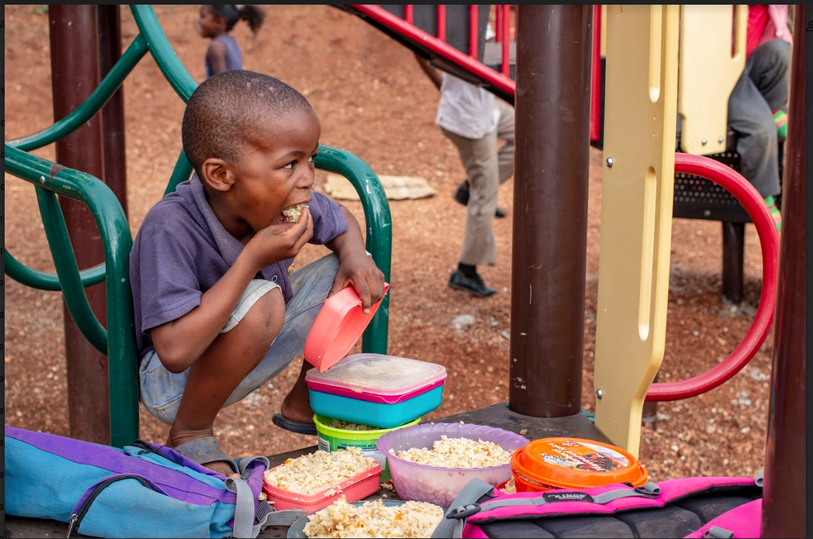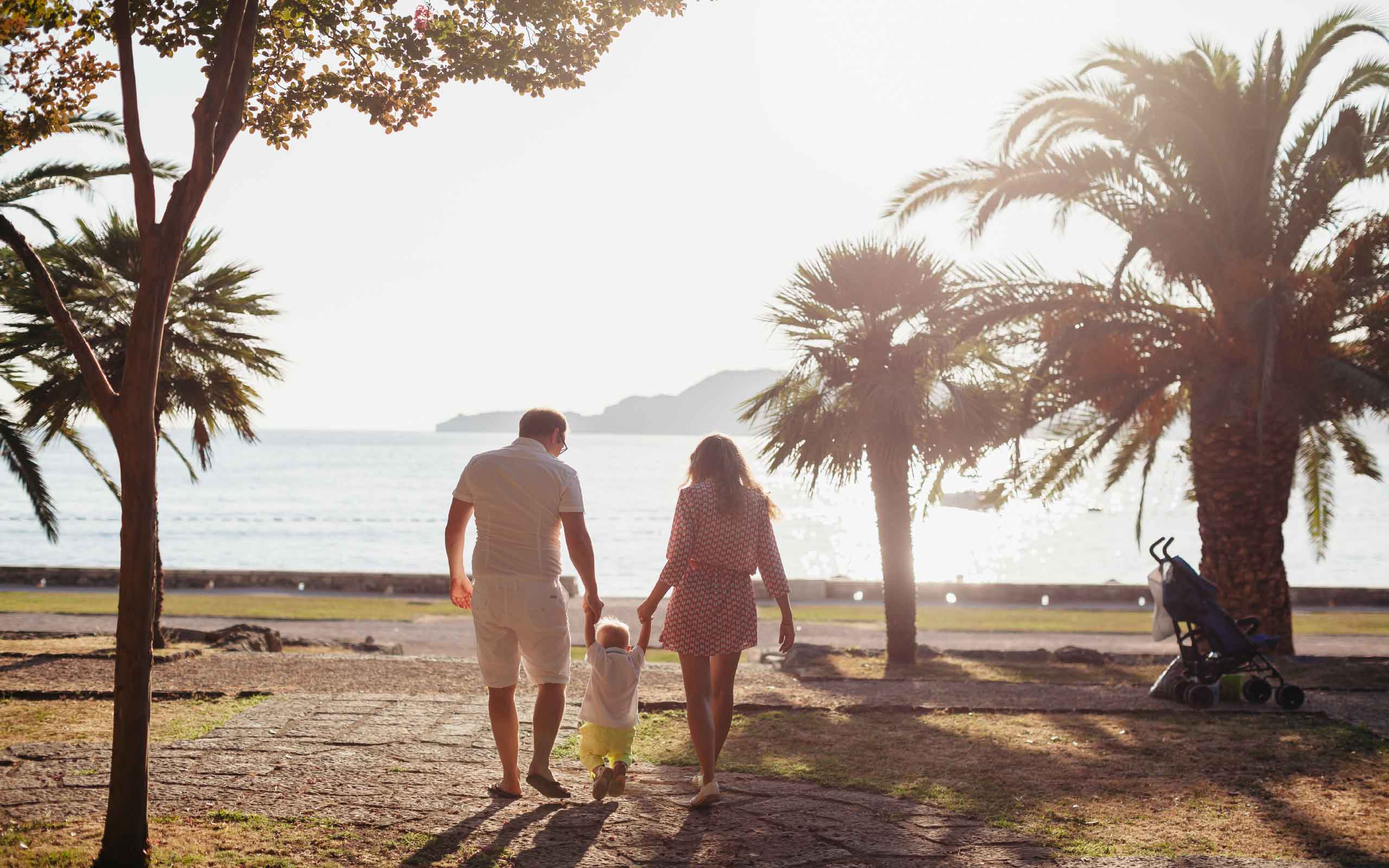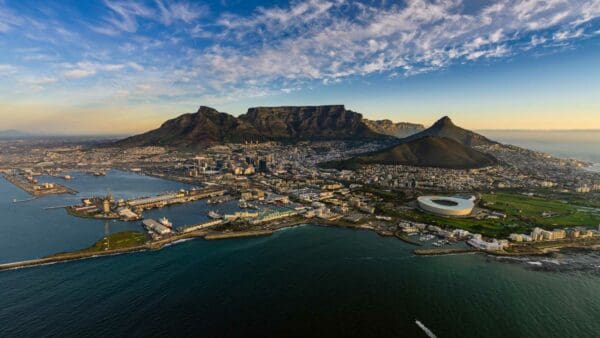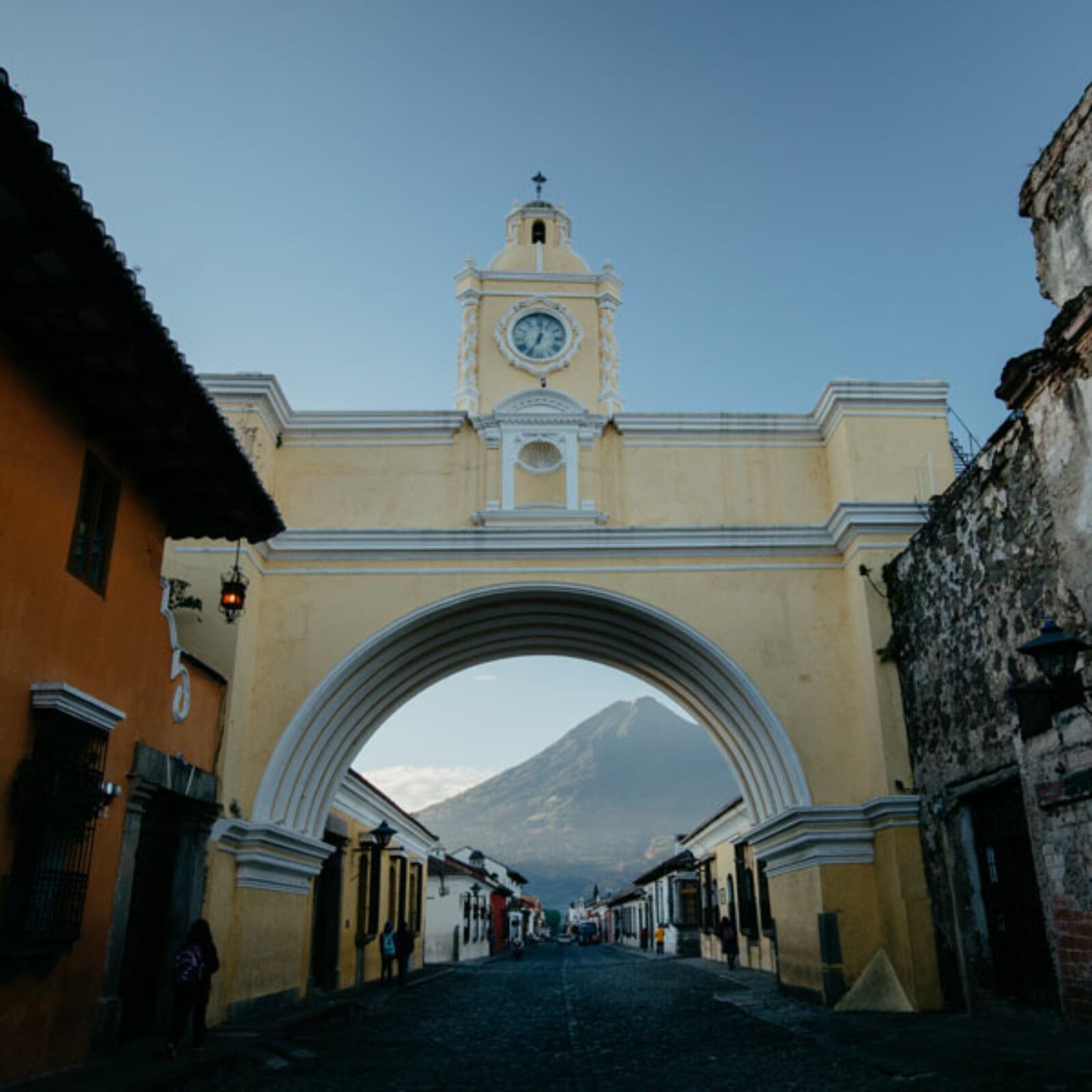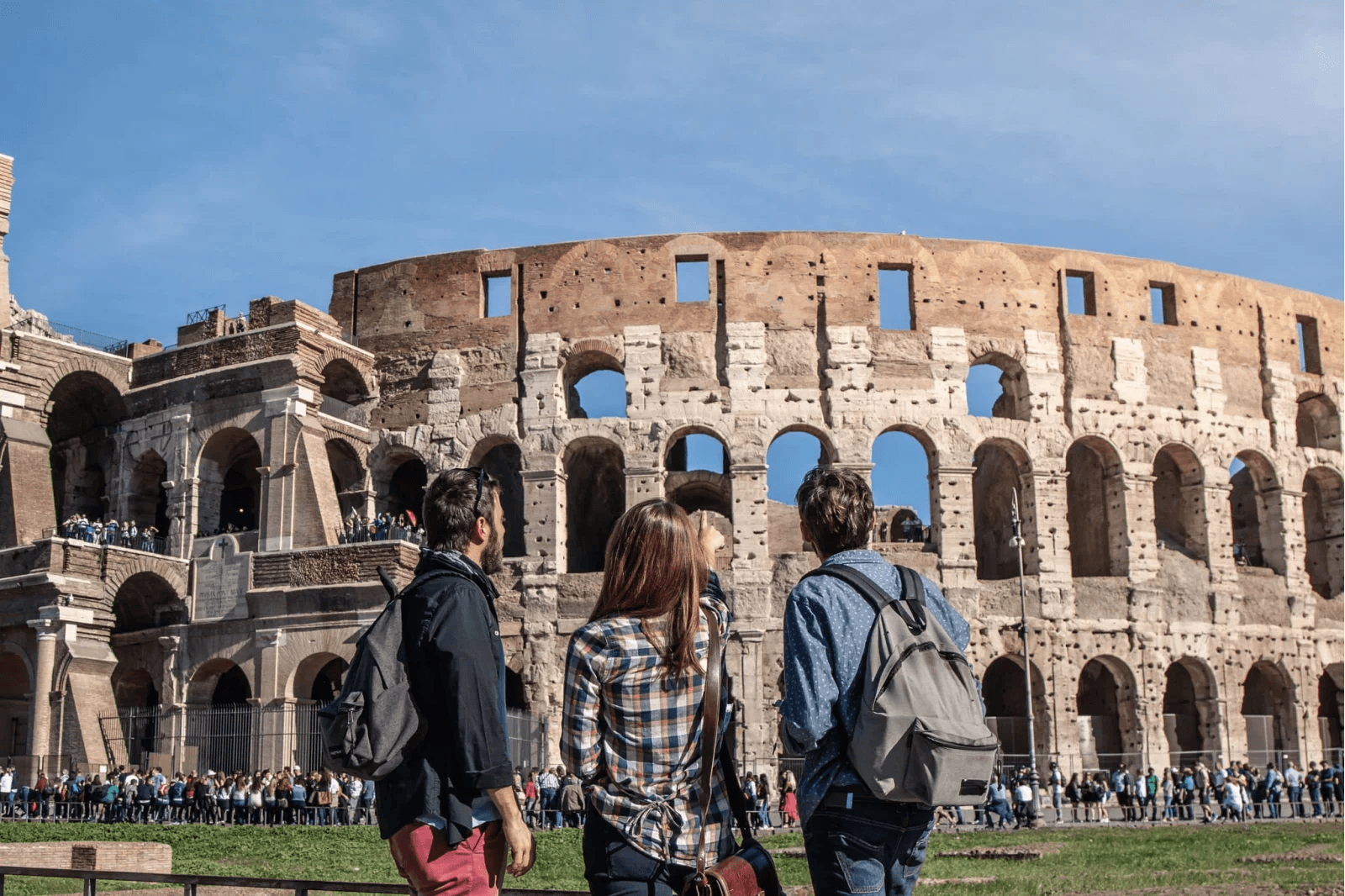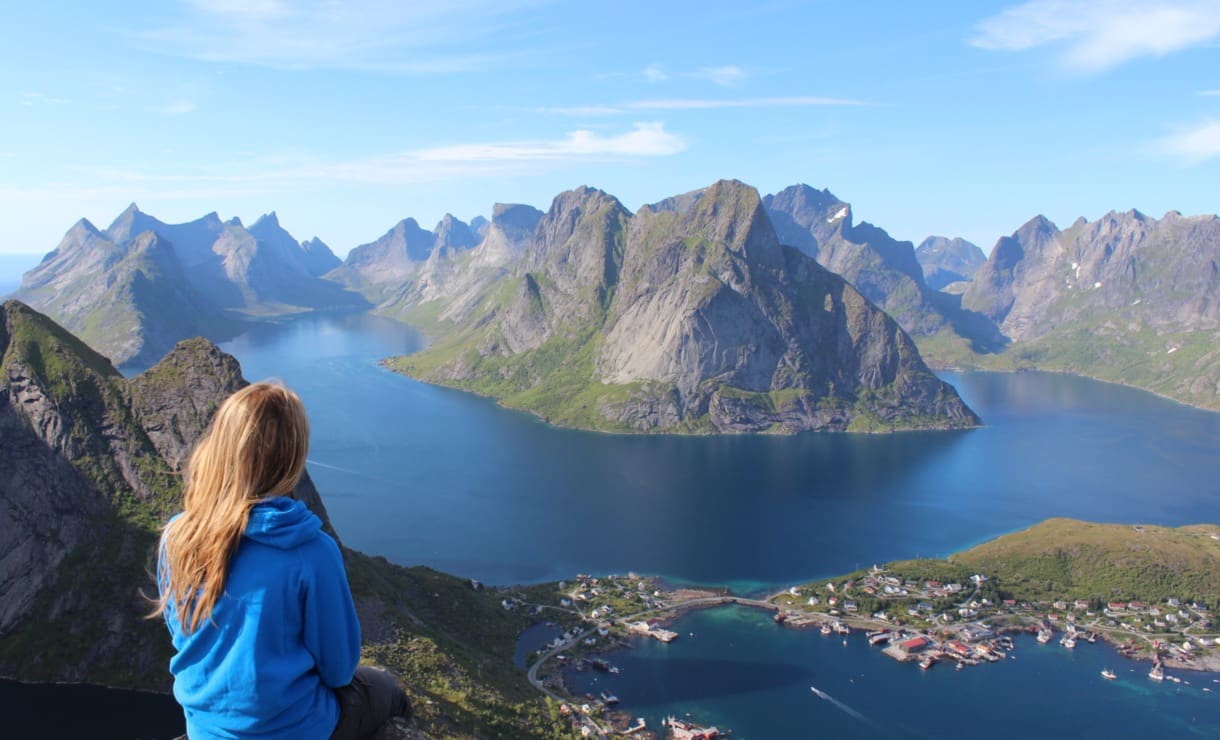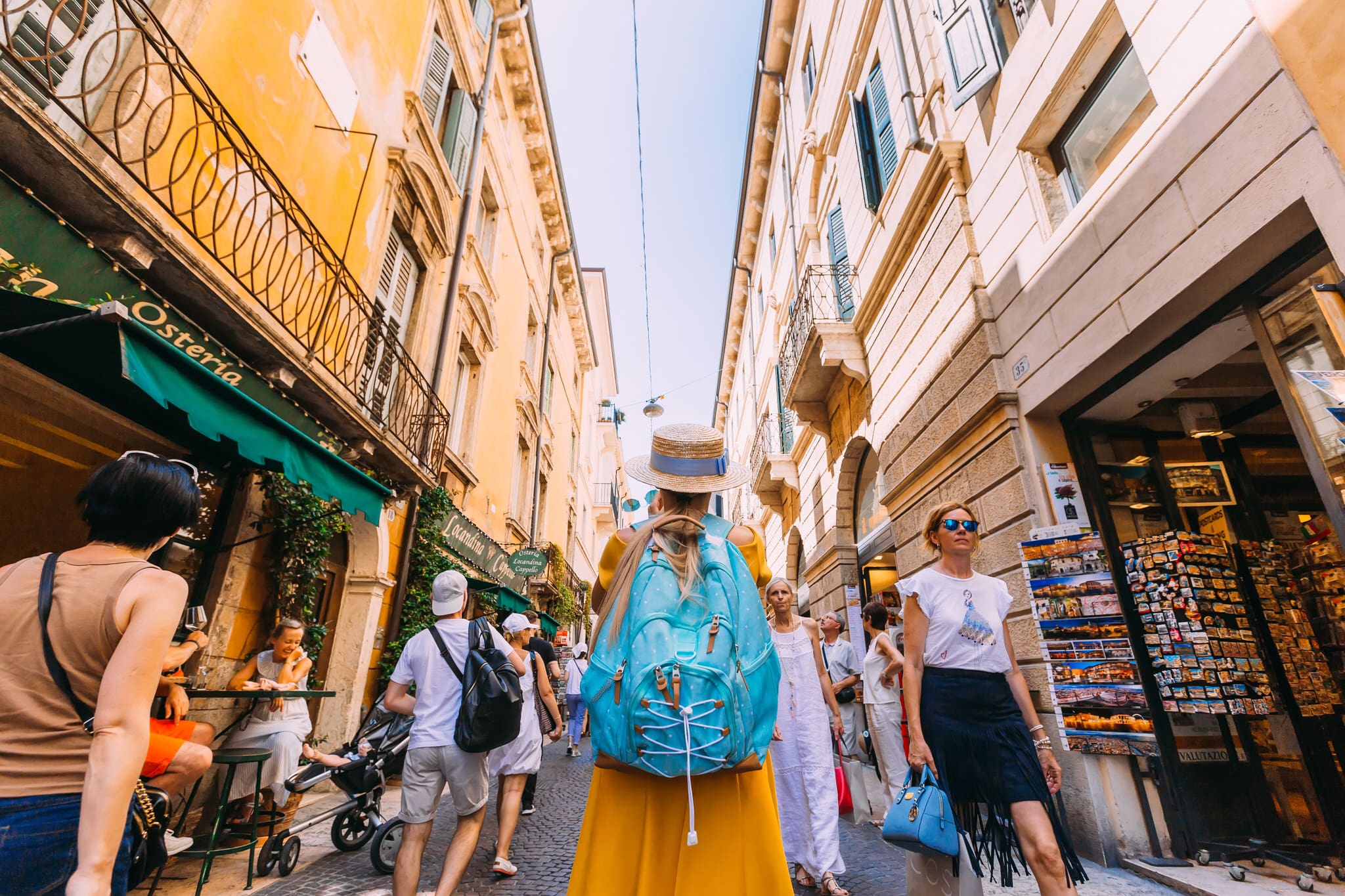In my last blog, I shared the picture of hope I had when I left Kenya. I also announced that I'll be going back as soon as my race ends on December 3rd! I'll return to Isebania, where my team stayed for two months. I'll be there 'til the 23rd, and then I'll fly home just in time for Christmas. Here's a little more depth into what's motivated me to go back to the place where I spent two of my hardest months on the race.
{I'm sitting in our comfy living room in Chiang Mai, Thailand, thumbing through photographs from Kenya, recalling all the change that God did in those two months.}
Africa was hard. Five out of six people on our team stayed sick the entire seven weeks of Kenya. I had malaria, typhoid, hook worms, and an allergic reaction to eggs resulting in anaphylactic shock that sent me to the hospital (apparently you can develop an adult allergy to eggs out of the blue). At home in America, my idea of bed-ridden was having the flu for a week. Boy did I get a reality check in Kenya.

A sick afternoon of rest and worship. We looked pitiful!

Katie preaching a sermon at Deliverance Church. Askah, a passionate leader in the church community, translated for us on a weekly basis. She spoke so much wisdom and encouragement over our team and became our close friend and mentor!
On average, only 2-3 people at a time could make it to ministry. We had to preach everywhere we went, and attempt a smiling face for dozens of strangers day in and day out. It was exhausting. But every time we left our compound, we encountered divine appointments, spoke life into people, and became more attached to the community we lived in. The struggles of these people became our struggles. Their celebrations became our celebrations. This church became our church. And this community became our family. So whenever I heard that children dealt with hardship in this way or that, I took it as my burden. I always asked, "Why?" and "What can I do?" This reaction applies most deeply to an issue that we were exposed to upon arriving in Isebania.
Sometime during our first week, on a day when I stayed home in a feverish daze, I woke up to my teammates having a discussion in the next room.
"Apparently there's no anesthesia during the procedure, and girls have to walk home afterward. Some bleed out in the street and die there. If that happens they don't even receive an honorable burial. Their body is left in the street for the animals." I heard one of them say.
I came out of my room to join the conversation. The team had just returned from church where they met Madame Bonny, a headmistress at a local primary school. She told them all about the issues adolescent girls in Kenya deal with and asked if we would visit her school one day. "World Race teams always visit my school!" she told them.
When I walked into the living room the girls had been discussing the controversy in Kenya of the "rite of passage" known as Female Genital Mutilation or "female circumcision". They filled me in on the truths about FGM and it's effects on millions of girls around the world.
Each year over 1 million girls are mutilated throughout Africa and the middle east. Usually pressured or physically forced to undergo this "procedure", girls are mutilated as a rite of passage attached to tribal tradition or even claimed muslim or christian practice. This procedure is done without anesthesia by a non-medical "practitioner" who might use the same piece of broken glass or razor blade to cut dozens of girls. During this "cutting", when the labia and clitoris are removed, the girl is not allowed to cry or even flinch. Her family will throw a huge celebration for the community in honor of their daughter's passage into womanhood. People will dance and parade in the streets. Her family will feed the entire village, and all this goes on while the girl is lying on the floor, still bleeding.
Because schooling is no longer necessary now that the girl is a "woman" ready for marriage, and because her family has spent all of the money for school fees on this circumcision celebration, she will not return to school the following year. Most likely she will be married within a few years and begin having a family.
Although FGM has been outlawed in Kenya since 2002, Isebania, located in a rural area of Kenya, has one of the highest rates of FGM. In this area, 94% of girls undergo FGM every year (in the capitol of Nairobi, only 14% of women have been circumcised). However, in this same community there are leaders rising up and speaking out against this horrific act of oppression on young women.
Every year 140 girls from Keborui Primary School say, "NO" to FGM.

Sounds like an easy decision to make right? Just say no. I wish it was that easy for these young women. Most of these girls are not only verbally pressured by family, but they know that they will be disowned and without money for schooling if they say NO to this tradition. Some are even physically forced into this procedure, dragged kicking and screaming.

Thankfully, Keborui Primary School is overseen by a headmistress who has made it her life mission to advocate for the rights of these young girls. Every December, in an effort to protect these girls, Madame Bonny transforms her school into a makeshift rescue center for the 140 girls who have said, "NO!"

Madame Bonny at the front gate of Keborui Primary School, where she has been headmistress for eight years.
December is the only month when FGM is practiced, and so most girls simply leave their families during this time and live at the rescue center where they are protected from their parents. When the season is over, they return home. A few of these girls, however, cannot return home because their parents will disown them for their choice, and so Madame Bonny does what she can to care for them.

Deborah and Esther, two of the girls who've said, "no" to FGM. They will stay at the Rescue Center every December until they turn sixteen.
It is Madame Bonny's hope to build a real rescue center that is also a secondary boarding school for girls. One with electricity, beds, and amenities (all things the school does not have) to care for the girls fully.
When I searched the World Race blogs for Isebania, Kenya, almost all of them from the past two years were about Madame Bonny, FGM, and the needs of this community. I knew our team had picked up a vision that's been obvious to every team that has worked here. This horrific act is still happening, but there is something being done about it. In our two months in Kenya, I stepped out and took the opportunity to be a voice for this cause.
Our team spoke at Madame Bonny's school on two occasions. In the short time we spent with the students, we shared stories about our lives and taught lessons on hygiene and the risks of FGM.

Katie shares her testimony with the students at Keborui Primary.
We quickly realized that these children have no idea what FGM is or why it is done to them, let alone the risks of AIDs, hemorrhaging to death, and childbirth complications that come with undergoing the procedure. And because our team shared our testimonies openly, several young students found the confidence to speak out to Madame Bonny that they have been sexually abused.

Aisha speaks to the young girls about caring for your body as a temple.
This December, when I return to Kenya, I will be staying with Madame Bonny and volunteering at the school's rescue center for two weeks. It is my primary goal to counsel and love on these young women, witness this season of FGM in Isebania, and vision cast for a real rescue center.

Me, sharing with the students about the truths about FGM and the risks of having the procedure. (photo by Dani Grant)
All the funding for the current rescue center comes from the local church and several American donors who heard about this community through World Racer blogs. These donations barely cover the costs of using the school, so for an actual rescue center to be built and sustained, more awareness must be brought to this cause and fundraising will need to be done. I'm hoping to be a future catalyst for this project stateside.
This calling to Kenya still makes me shake my head and laugh when I recall the sickness and difficulties my team faced during our seven weeks there. However when I remember all the fruit that we bore in those two months, I'm not surprised, but at peace, knowing that a part of my future belongs to the young women of Kenya.

Me with Madame Bonny on our last day in Isebania.
I've raised $1,000 of the $4,000 I need for this return trip to Isebania.
I still need $3,000 by the end of October!
$2,500 covers my travel expenses for the trip, while the rest ($1,500) of this will go directly to the rescue center.
Please support my mission and the Isebania Christian Rescue Center by mailing checks to:
Robin Quinn Brooks
920 Adelaide Drive
Wilmington, NC 28412
To see more photos from my World Race, visit my photo blog at seerobinfly.tumblr.com


